After 1.jpg1521220_10202544652195136_1701084815_n.jpgBefore 2.jpg14.jpg
I used a 3m cutting compound and then 2 Maguire's products with my Harbor Freight DA and HF pads. I'm going to order the Hexagon pads for future jobs because the creases allow the pads to conform to complex shapes. This was my first detailing project -- the car looks good but has "spiderwebs".
Results 26 to 31 of 31
-
12-23-2013 #26Enthusiast


- Join Date
- Nov 2013
- Location
- Tonopah, NV
- Posts
- 305
Last edited by 100; 12-23-2013 at 02:09 AM.
-
12-23-2013 #27Enthusiast


- Join Date
- Nov 2013
- Location
- Louisville, KY
- Posts
- 477
You have multiple issues going on here. First, there is absolutely no reason to use the combination of products that you used. Secondly, you completely eliminate the engineering behind the products that you used by mixing those brands. Compounds and polishes are engineered to be used within the same family of products. You don't use a compound from one brand and follow it with a compound or polish from another brand. The different brands are NOT engineered to be used together. Plus, you complicate the whole process by doing so.
Last of all, the 3M cutting compound is made for use with a rotary polisher, not that low powered Harbor Freight polisher that you have. I could go on with why you still have spider-webbing (or swirls as they are called) in your paint but I will do you a bigger favor. I will direct you to this thread so that you can watch and learn the proper way of doing paint correction. The next time you go at this, your results will be MUCH better if you follow the advice, techniques and use the tools outlined in those videos. Right now you're just wasting time and money. I would like to see you make progress. Those videos will show you how. When done correctly, black can be made to pop. That's the color I love to work on.
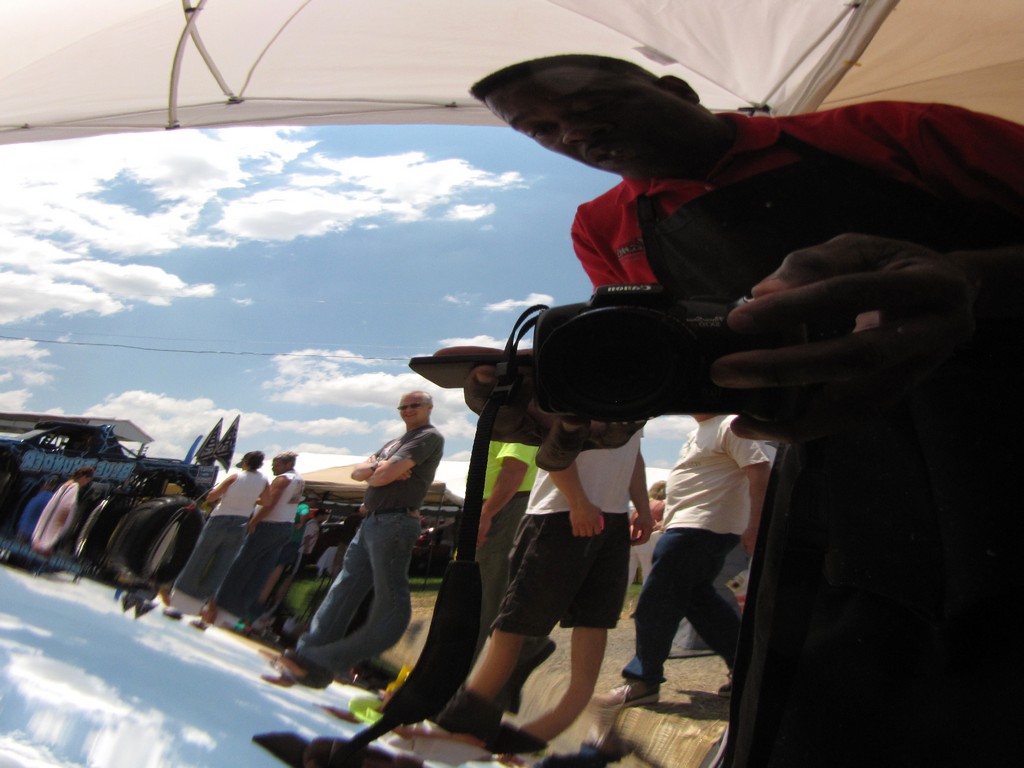

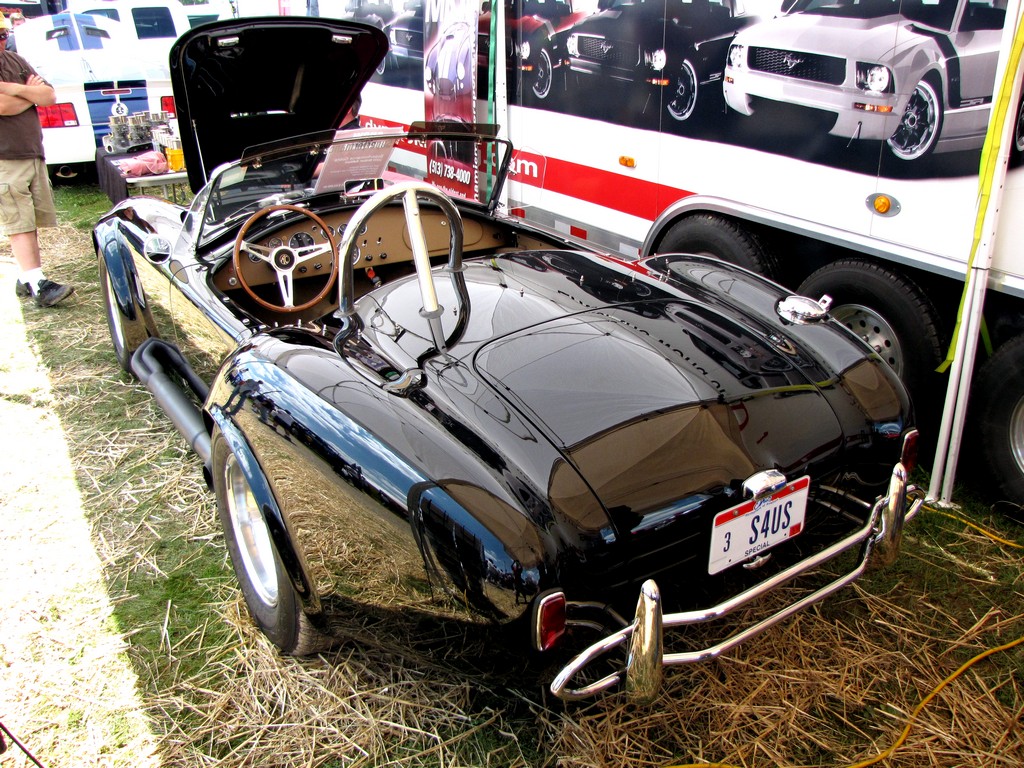
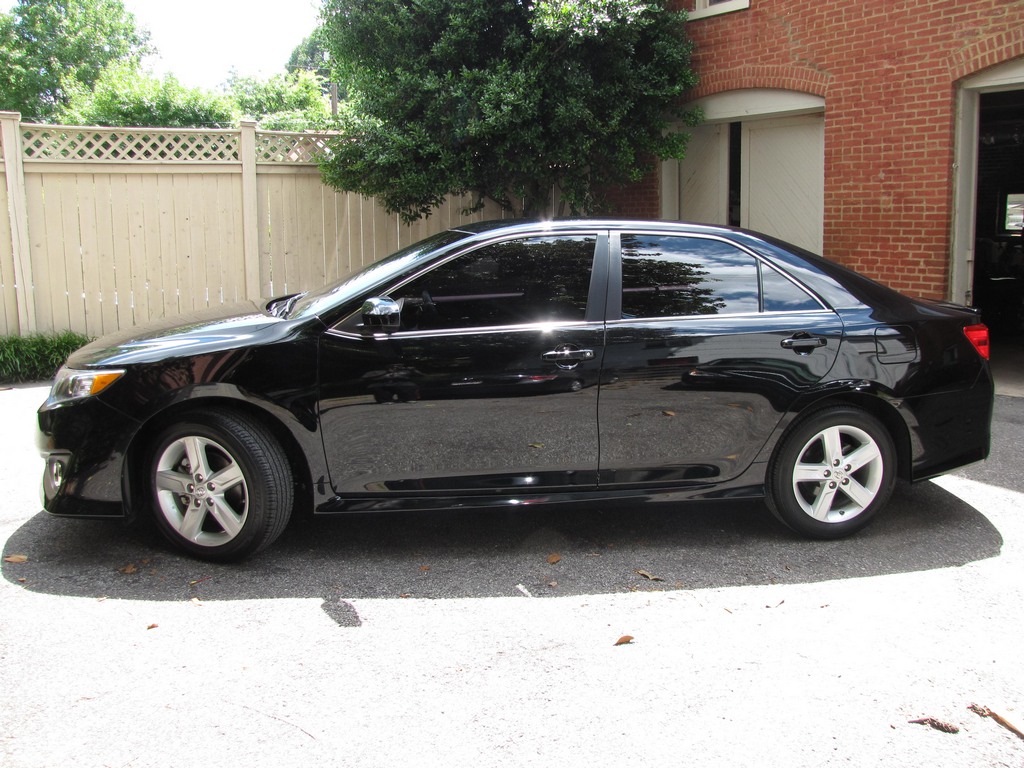
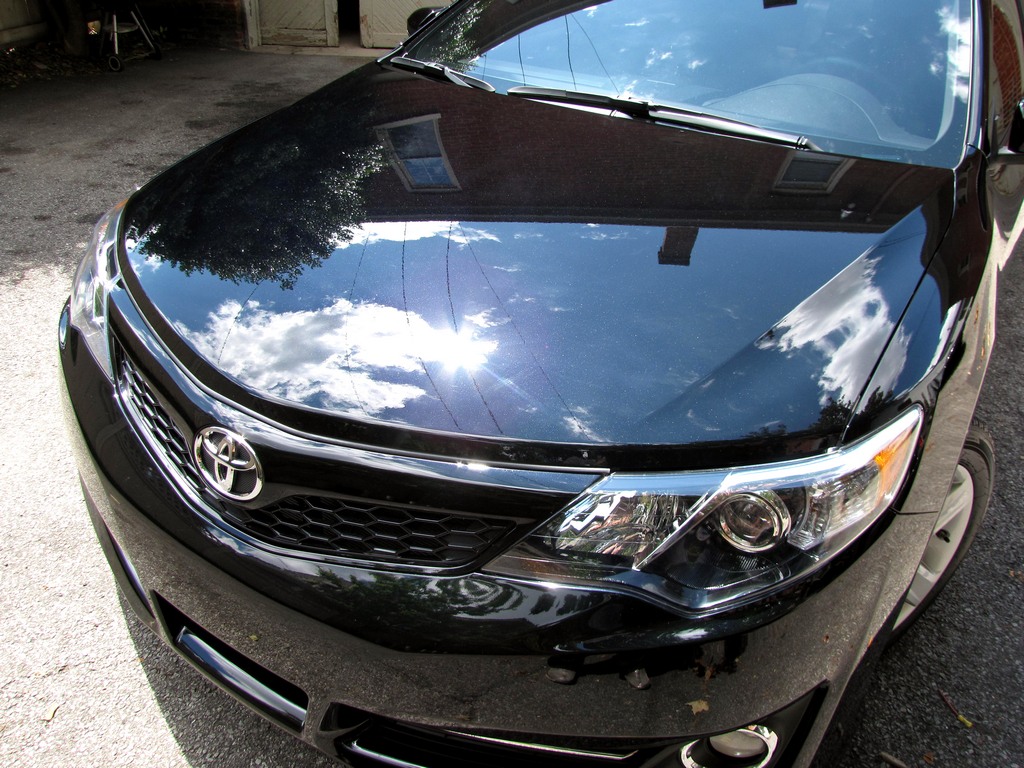

Last edited by Junkman2008; 12-23-2013 at 01:58 AM.
-
12-23-2013 #28Enthusiast


- Join Date
- Nov 2013
- Location
- Tonopah, NV
- Posts
- 305
Thanks for the link -- I need to watch the entire thread of videos. I didn't want to throw the 3M away it's industrial grade. The Maguires was cool -- if you do it right, you are polishing away the compound -- the last minute is the key to a really fine finish. I'll watch those videos before I touch the paint (train hard, fight easy). Thanks JM.
Last edited by 100; 12-23-2013 at 02:10 AM.
-
12-23-2013 #29Enthusiast


- Join Date
- Nov 2013
- Location
- Louisville, KY
- Posts
- 477
There's no need to throw the 3M product away, just realize that it is of no use to you with the polisher you have. I would definitely upgrade that polisher too. Harbor Freight is not known for their quality of tools and you can get a PC-7424XP for about $30 more than you paid for the polisher you have. Much better results also.
-
01-02-2014 #30Enthusiast


- Join Date
- Nov 2013
- Posts
- 24
Porter Cable recently moved their manufacturing to China, not a good thing! I bought a few cases of the PC 7424XP before the move. If anyone needs one, PM me.
-
01-02-2014 #31Enthusiast


- Join Date
- Nov 2013
- Location
- Louisville, KY
- Posts
- 477
Porter-Cable was founded in 1906 by R.E. Porter, G.G. Porter, and F.E. Cable, who, starting with a $2,300 investment, opened a jobbing machine and tool shop out of their garage in Syracuse, New York. In 1914, the company began to focus on power tools, starting with a line of power lathes. In 1917, the company bought a plant on North Salina Street in Syracuse.
In 1926, Chief Engineer Art Emmons invented the portable electric belt sander, called the Take-About Sander, and the company began to develop a niche in portable electric power tools. In 1929, Emmons invented the helical-drive circular saw, a compact, lightweight design that is still the most widely used circular saw design produced today.
In 1960, the company was sold to Rockwell International. Rockwell made numerous changes, including phasing out the Porter-Cable name, relocating the company's base of operations to Jackson, Tennessee, and creating a lower end of power tools to compete with Black & Decker. These tools had numerous reliability problems and harmed the brand's image. They were purchased well after the move outside of the USA.
In 1981, Pentair, Inc. acquired Rockwell's power tool group—consisting of Porter-Cable and Delta Machinery—and restored the Porter-Cable name. The company repositioned itself as a manufacturer of professional power tools and ended production of consumer-level tools. In 1989, the company introduced the first electric random orbital sander. Around this time, the company expanded into broader retail channels, including The Home Depot and Lowe's, greatly expanding its production in the process.
In 1996, the Smithsonian Institution established a collection of materials from the company's 90-year history, the first such collection for a power tool company.
In 2000, Porter-Cable consolidated with sister company Delta Machinery, the latter moving its headquarters and distribution center from Pittsburgh, Pennsylvania to Jackson. The same year, Pentair acquired DeVilbiss Air Power Company and, in 2002, Porter-Cable expanded its line-up to include air compressors, air tools, generators, and pressure washers.
In October 2004, the Pentair Tools Group—comprising Porter-Cable, Delta Machinery, DeVilbiss Air Power, and others—was purchased by Black & Decker, now Stanley Black & Decker. Porter-Cable is headquartered in Jackson, Tennessee. Manufacturing in the United States has mostly ceased; tools are now made primarily in Mexico and China.
SOURCE
So the moral of the story is that the PC has been manufactured in Mexico and China for years and there has been no major fallout in the quality of the PC-7424. Not EVERYTHING coming out of China is garbage. They DO have manufacturing facilities that actually put of products that have to meet rigid quality control standards. Our USA born "big three" get a fair share of parts from China that must meet certain quality control standards. So any PC's that have been bought since around 2005-2006 were already being manufactured outside the USA. I have two of them and have had no issues out of them whatsoever.



 Reply With Quote
Reply With Quote

Bookmarks